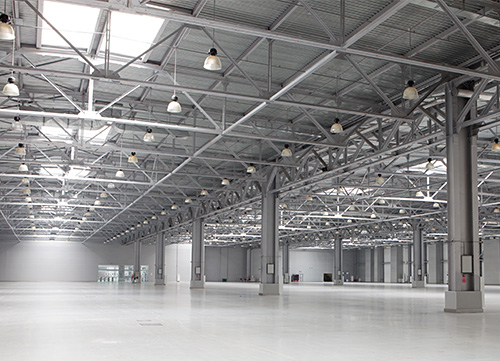
Before you commit to a new lease or purchase, you need to think like an engineer. While optimizing your current facility often makes the most sense, a necessary move can quickly become a massive headache if the new space fights your operation.

Before you commit to a new lease or purchase, you need to think like an engineer. While optimizing your current facility often makes the most sense, a necessary move can quickly become a massive headache if the new space fights your operation.
Posted in Space Optimization & Planning|
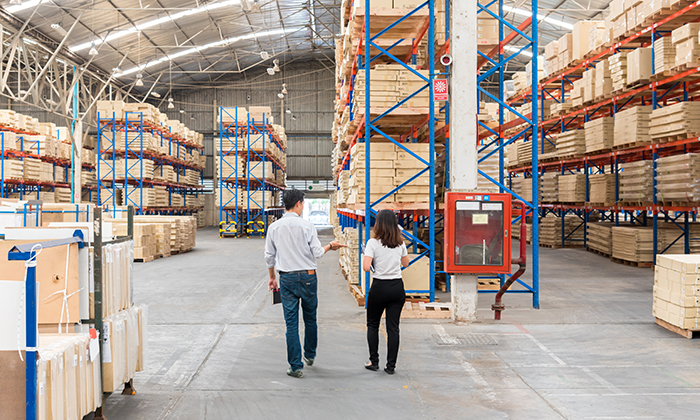
If you’ve worked in a warehouse long enough, you know the feeling: pallets everywhere, racks packed to the top beam, and your team playing Tetris just to make the incoming shipment fit. You’re sometimes storing pallets on the floor or holding them in the receiving area until a slot opens. It’s frustrating, destroys organization, slows everything down and ramps up safety risks. What are some things you can do to squeeze more capacity from your warehouse?
Posted in Pallet & Warehouse Racks|

In this edition of the Employee Spotlight, we talk with David Waltmon, Account Executive in our Houston office. We caught up with David to discuss his journey, what guides his work, and the unique culture of the Houston team.
Posted in ESOP & Company News|
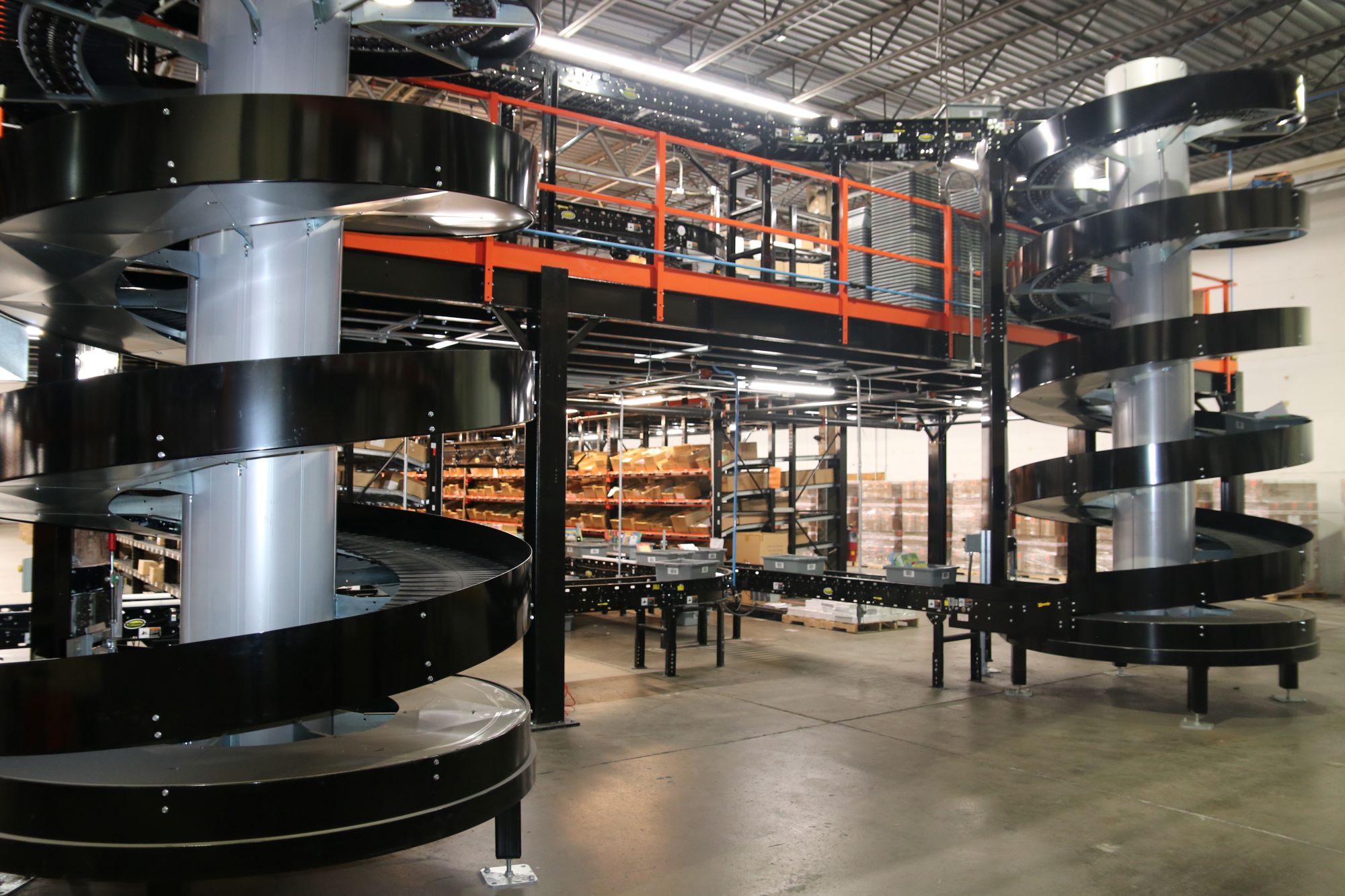
Mezzanines are often seen as simple space savers. If your floor is packed and your ceilings are high, why not build up and buy yourself some breathing room?
It’s a logical move, and in many cases, a necessary one. But here’s what often gets overlooked: every mezzanine is a commitment of real estate, labor, capital, and layout. And every square foot you dedicate to a mezzanine is a square foot you can’t use for something else.
In that light, the true question is “What could be the best use of this space?”
Posted in Mezzanines & Industrial Platforms|
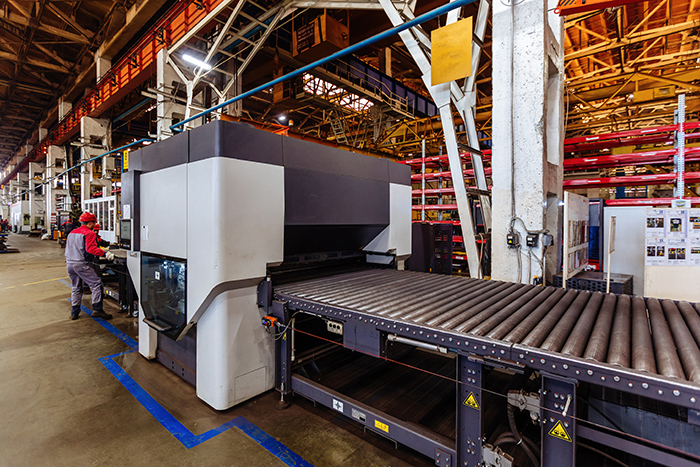
Machine load-unload automation is one of the most profitable and straightforward automation opportunities in both warehouses and factories. It improves productivity in two key ways:
The real payoff is in uptime. When unloading and reloading are automated, a machine rarely waits for an operator. Preparatory work and staging can happen offline, so the next part is always ready. In ideal cases, production rates can increase dramatically without additional equipment investments. Focusing on these key points, where automation can have outsized impact is the key to smarter, better operations. These tend to be low value, but critical processes that should be automated so that labor can be reallocated to more critical functions.
Tags: Automation, Manufacturing
Posted in Automation, Labor & Efficiency|
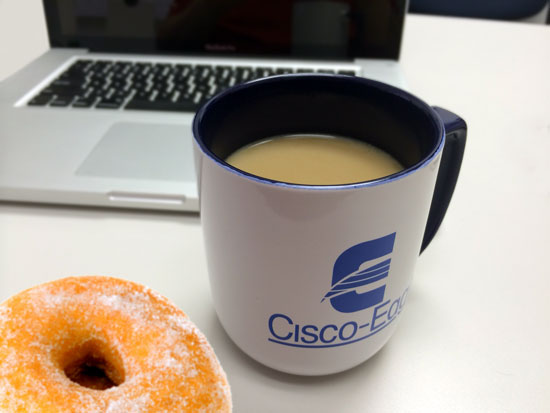
This month, we discuss strategic warehouse execution system implementations with Savoye–how to scale, how to match real-world processes. Additionally, the impact of employee ownership on manufacturing and its potential as a key to succession for small and mid-sized manufacturers. Also, more on industrial construction and the softening demand for manufactured products.
Read the rest of this entry »
Posted in Industry Insights|
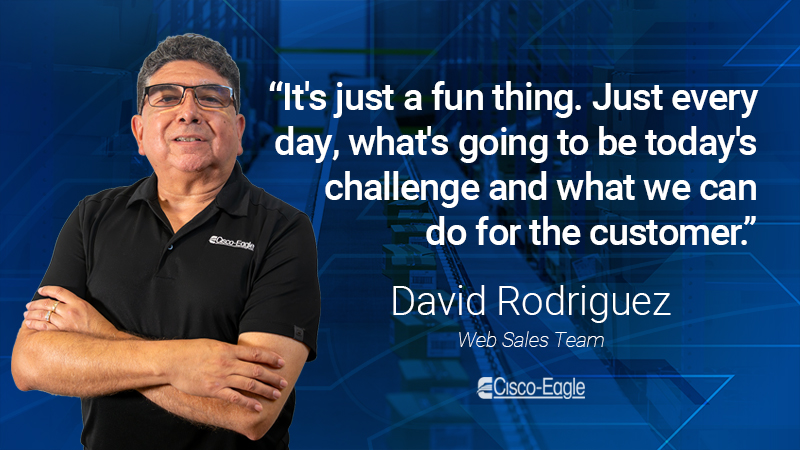
In this edition of the Employee Spotlight, we chatted with David Rodriguez, a member of our Web Sales Team in Dallas.
He brings decades of customer service experience, a deep knowledge of our online tools, and a steady presence in a fast-paced environment. We caught up with David to learn more about his path, what keeps the work interesting, and how employee ownership has shaped his journey.
Posted in ESOP & Company News|
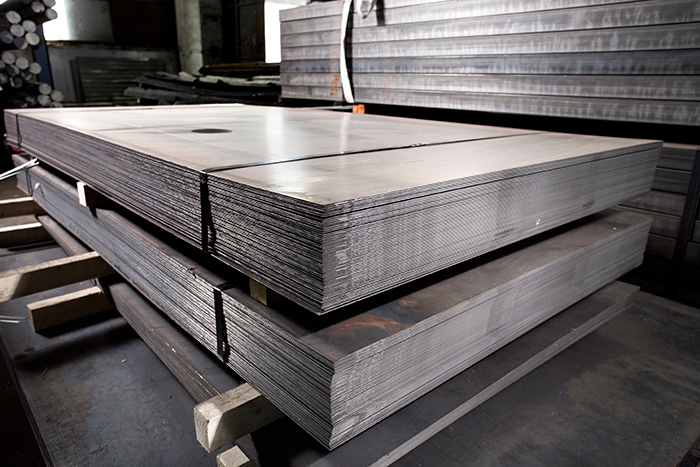
Whether you’re running a metal fabrication shop or laser cutting center, or stocking raw materials for manufacturing, sheet metal storage can make you faster. It makes the stock easier to reach, protects valuable materials and prevents injuries. However, the wrong solution means injuries, wasted time and damaged materials. In this article, I’m covering a range of solutions, from simple floor stacking to semi-automated carousels, analyzing for fit, safety, access and cost.
Posted in Manufacturing|
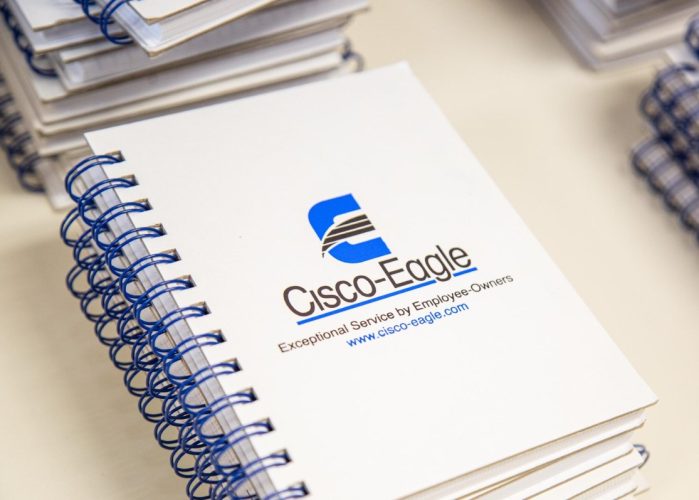
In 2025, the U.S. labor market is undergoing a significant demographic shift. Approximately 4.18 million Americans reach retirement age this year (about 11,400 turn 65 each day). The Bureau of Labor Statistics projects that the labor force will grow at a modest 0.4% annually from 2023 to 2033, reaching 173.3 million by 2033. The problem: we’ll need to fill 192 million job openings, according to the Bipartisan Policy Center.
Posted in Industry Insights|
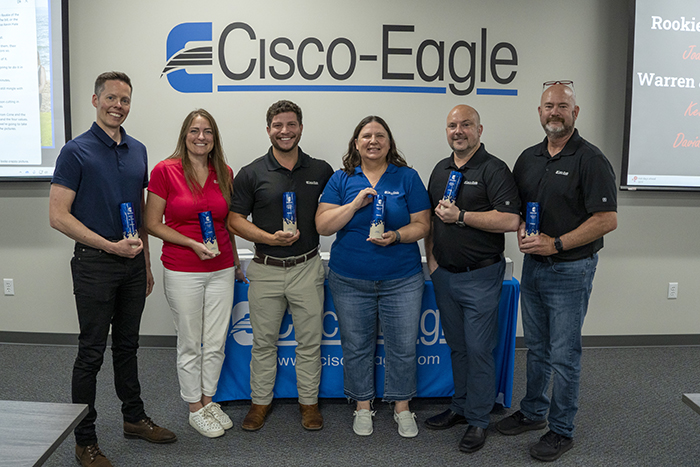
Cisco-Eagle named its inaugural Core Values award winners in June 2025. These are employee-owners who embody our core values–the principles we aspire to. Those values were established over thirty years ago and remain unchanged since. “They are universal and timeless,” said CEO Darein Gandall. Our founder, Warren Gandall, has often said that he wants to treat his suppliers, customers and employees the way he wants to be treated.
Our values reflect that vision, and so do the 2025 winners of these awards.
Posted in ESOP & Company News|